


Issue 5, 20th April 2023
Luxembourg
Print run: 500 copies
Chief Editor: Jimmy “Jimmy” Cocoa Puff
Team:
BETA Robert – computer geek; jack of all trades
DOLEVA Zornitsa – recovering melancholiac
FERNANDES MAIA José Luis – dip pen nib; ink distributor
GAUBE Valère – writer; universal dilettante
GUSKOWSKI Leonie – writer; militant introvert
HOON Jo Yi – writer; coastal grandmother
JACQUEMIN Jennifer – writer; gamer; head chef
KARAMI Kasra – cage builder
MILLER Sofia – Bobby from Psychonauts
MOGLIA Jacopo – writer; chief contemplative officer
MOUZAKITI Eleni – writer; social media
SALT Kieran Alexander – peddler of nonsense
SHATOKHINA Kristina – woman of vision; high priestess
SOBRAL Cristina – writer; book devourer; overthinker
sofiya_10billion – film and multimedia expert
TAJTI Zoltan – Eastern machinations
We are thankful to: Office of Student Life, Veerle Waterplas, Sonja Di Renzo, Antonio Tavan, Repro Team, Espace Cultures, Anouk Wies, Karin Langumier, Bianca Pirelli, Rotondes, the lovely people of Student Lounge Belval and all children of SAUL, Dalmat CoffeeHouse, Julie Toussaint, LLC, Julie Jephos, Inès Planchenault and Silvia from Café Saga.
Unless otherwise noted, all images in the magazine are public domain as described in the Creative Commons CC0-1.0 Universal Public Domain Dedication licence, and fall under no copyright obligations.
Direct all copyright claims to: paper.roux@gmail.com
Find us at: campus buildings (reception areas, magazine stands), Student Lounges, chill-out-zones, Dalmat CoffeeHouse, and LLC.
Join us! We are always looking for graphic designers, writers, artists, photographers, scary monsters, super creeps and David Bowie fans. Full contact: paper.roux@gmail.com
Binary: https://issuu.com/rouxmagazine
Instagram: @roux.magazine
Cover hand-drawn by Zornitsa Doleva
Poster hand-drawn by José Luis Fernandes Maia
Pages 20–21edited by Maria Vavoule, illustration by Soroush Najarsaleh
©ROUX Suitingly Has-been Lloyd Wright returns
HOW TO SOLVE THE MYSTERY FROM THE MARCH ISSUE
First, you need to look at the clock on Nina’s photo. Then you can see that there is the same figure as in the note. Above every segment there is a number. You need to count every segment that is up. If only one segment is up, it denotes the letter ‘A’. (since A is the first number)
Then the letters with a heart in between, means they are together. Hence, you add them trogether, for example in the second row you have two figures with each 10 pieces up. You need to add these together, 10+10=20 then you look up the 20th letter in the alphabet.
2 What’s free in Lux? Activities for broke students 6 Alumnus interview: Queen Beloe The Greeks called it nekyia 8 Wolfkin a.k.a. Kommunioun Reviewing Jacques Molitor’s latest film 10 Akiko Nakayama’s Alive Painting Report on her workshop in Belval 12 Meet your new robot friend Splendours and miseries of ChatGPT 14 Poster centrefold The mag-pie, haha… get it? 16 OSL; MUDAM You might have heard of ‘em… 18 Dante at the MUDAM, by Tacita Dean O mente che scrivesti ciò ch’io vidi… 20 Surplus Killing A short story 22 The News is Just Another TV show *Canned laughter* 24 Points and Arrows Category: short story 26 How to cook rissóis A portuguese recipe for fish lovers 28 Blood Orange and Thyme A poem, in this world of brutes Contents ROUX Student Magazine
2022
EST
A Farewell to our Glorious Leader
Before we begin we would like to dedicate this issue to Zoltan Tajti – our eternal founder. (we’re not a cult I swear!)
It is with great pains that we report to you now from the end of an era. A tragedy has struck us here at ROUX, and one we shall not recover from hastily. Our grand architect, and editor-in-chief, and above all dear friend, was cruelly wrenched by the claws of fate from our warm and loving embrace. Without the months of work he put in to raise this project out of nothingness we would certainly not be in the position we are today (sleep-deprived and highly caffeinated).


It was he who parted the proverbial red sea of bureaucracy so that we lesser men and women might follow in his footsteps. Having been there since the beginning, the sheer level of dedication, bordering on the pathological, to seeing through the project of birthing the student magazine was astounding to behold. Never was a man so passionate about something quite so bizarre.
So, dear reader, what is to become of us now? Is the ship of Theseus the same even after the captain is replaced along with the parts? Will he return? Does he need to? Can the veritable hydra that is ROUX really be killed with the removal of its head? Alas, here I have no answers, but I leave you with this; The editor is dead, long live the editor!
ROUX 1
BEST OF Activities for broke students
By Leonie Guskowski
In Luxembourg, a monthly income below 2 177 Euro classifies individuals to be at risk of poverty[*]. Hence, many of us students will fall into this group – poor us! At the same time, life in Luxembourg is extraordinarily expensive. While most of our money probably goes into paying our rent, even occasionally grabbing a beer or a coffee may easily cost more than 4 Euros.
But of course, we are all well-behaved students who do not complain about inequalities but find our own solutions. To make life easier and more joyful for all of us living at risk of poverty, we’ve put together the best free activities in Luxembourg for you!
1. For destitute art lovers
Good news for everyone that’s under 26 years old: You can visit Luxembourg’s museums for free anytime (during their opening hours, of course). Usually, you will just be asked to present your student ID and an identification document proving your age.
For those over 26, don’t worry, you don’t have to hide away in a retirement home just yet. Almost all museums offer free entrance at least once a week, usually during the
evening hours. You can check the details on the museums’ websites. Roux’s favourites include the MUDAM for contemporary art or the Musée national d’histoire et d’art (MNHA) to explore history and art in 4300m². The National Resistance Museum in Esch has been closed for a while to install its permanent exhibition, but it will re-open its doors in Summer 2023.
Here is another insider tip for Luxembourg City: If you purchase a ticket for either Villa Vauban or the Lëtzebuerg City Museum, you will get free entry to the other one.
Highlights:
Lëtzebuerg City Museum – Best of Posters (07.10.2022 > 14.01.2024)
MNHA – European Month of Photography, Rethinking Identity (12.05.2023 > 08.10.2023)

!
FREE
WHAT’S FREE IN LUX? 2
2. For bankrupt music enthusiasts
To be honest, I personally used to think that places like the Philharmonie are directed towards an audience of over 50-year-olds. Well, I had to take back my premature judgement. Against my initial assumptions, the Philharmonie’s programme is in fact much more exciting and interesting than expected. But still, the question of affordability remains. While the Philharmonie offers a student discount for its concerts (as long as you’re under 27 years old), there is another great opportunity to listen to some music without having to pay anything: Once a month, the Philharmonie’s free ‘Lunch concerts’ take place, offering the opportunity to listen to different artists each time.
Upcoming lunch concerts: 25.04., 12:30 and 24.05.,
3. For broke artists and crafters
Everyone that likes to explore their creative and crafty side from time to time knows that shopping for equipment can easily strip your bank account blank. However, there are some great places that allow people to access their facilities, use their equipment and participate in workshops for free.
In Esch, the Bâtiment 4 is probably the top address. Located near the train station, the alternative cultural centre makes their facilities available to a number of local associations and artists. In exchange, free workshops and classes are provided to the public. The workshops range from photography, to dancing, yoga or music, so there is something in it for almost everyone. The agenda published on their website provides an overview of currently available workshops: batiment-4.lu
Bâtiment 4: 66, rue de Luxembourg –L-4149 Esch-sur-Alzette
Another alternative cultural centre looking for artists and crafters is located in Dudelange. The VEWA seeks to bring people together to create and experiment. Practically, this means that different local associations and organisations offer participatory workshops, cultural events, non-profit artistic activities, and an urban garden. The creative space is open for anyone who enjoys working with their hands, including welding, woodwork, restoring furniture, repairing and restoring bicycles, textile printing or photography. The equipment and facilities can be accessed and used without any fees or obligations, including their free meeting room, a movie projection room, as well as a stage with a drum set and amplification system.
Since the VEWA was only inaugurated last year, it is still in the process of being created and formed, making it a great opportunity for everyone to get involved and to contribute their ideas. Mark your calendars for 13 May to join VEWA’s open day to discover the urban garden, participate in workshops and join the party!
Upcoming Chantier participatif on 22.04. Open Day on 13.05.
VEWA: Site de l’asncien laminoir / Neischmelz – 4, place Thierry Van Werveke –L-3475 Dudelange

More information on vewa.lu

Ah! I hope I can afford this!
ROUX 3
4. For penniless nature-lovers

Most of us probably don’t get to have our own garden to grow plants or to connect with nature. Did you know, however, that there are numerous community gardens that you can find all over the country? The exciting thing about these community gardens is that they allow for two things:
1. The experience of gardening, allowing to grow vegetables and fruit for community and individual use, and
2. connecting with different people from your own neighbourhood.

The website eisegaart.cell.lu introduces community gardens in Luxembourg and enables you to find the nearest garden to join.
Besides that, no nature lover should miss out on a hike in the Mullerthal Region aka Little Switzerland. You can easily combine the hike with a visit to Echternach, the largest town in the Mullerthal. The town is also known for its dancing procession – I’ve heard it’s quite a show.
Echternach dancing procession: 30.05.
5. For budget-conscious foodies
Alright, this one is difficult. We all know that you basically always have to pay for food everywhere. Here is a tip though that might work: Quite often at art exhibition openings or conferences, you might be invited to have a drink and a small bite to eat. Furthermore, volunteering activities often come along with free drinks and snacks – plus, you get to meet great people and often support purposeful activities and initiatives.
Also, some of the university’s student associations and clubs organise occasional dinner nights. Keep an eye open for events featured in the weekly Student Life announcements or follow the associations and clubs on their social media channels.

WHAT’S FREE IN LUX? 4
6. For poor exercise-enthusiasts

If you love to exercise but don’t want to pay a club or gym membership fee, there are some alternatives to move your body but keep your bank account still. Of course, there is the university’s Campus Sport offer, ranging from a variety of team sports, dance, to yoga or bouldering. If you want to try something outside the university, you should consider the offer at Bâtiment 4 in Esch (see point 3), where you can join African dance classes, hip hop or yoga classes among others.
If you are a keen swimmer, you can benefit from the offer by Aquasud in Differdange: Every semester, they provide a limited contingent of free entries to the swimming pool for students.
7. For low-budget Minett explorers

Did you know that the Vël’OK bicycle sharing system in the south of Luxembourg is free of charge? Thus, you can rent any of the electric bicycles for 2 hours and explore some of the bicycle paths. You should definitely start your ride with the Vëlodukt which was opened in December 2022.
It is Europe’s longest bicycle bridge, connecting Esch and Belval. Renting the Vël’OK bicycles is entirely free of charge but an initial registration is required. Vël’OK’s website provides an overview of how and where you can register: www.velok.lu
ROUX 5
[*] STATEC (2022). Rapport Travail et Cohésion Sociale.
Afterlife, round one
In our new series of interviews, we will from time to time bring you stories of what happened to students who graduated here. They are called alumni, which is the plural of the word alumnus; apparently when you graduate you need to be labelled with the name of a Saint Bernard dog or the title of a roman legionary.
These interviews will aim to reassure those about to leave here that there is life after university years, that there is happiness and self-realisation in the pains of sisyphean grind. There is hope,

there is light in the tunnel. There is life after life.
We made our first alumnus interview with Queen Beloe, former UL student from Cameroon.

Queen is a recent graduate of the Master in Entrepreneurship and Innovation programme. She is the founder of E-mpact pharma - a startup project she started during her studies here. She was kind enough to make time in her hectic schedule to give us a very inspirational interview!
How did you like your studies here?
I loved it. I had a great time, had truly great experiences, and learned a lot! Before coming here from Cameroon - where I am from - I studied pharmacy. Thanks to the skills and experiences I acquired from my studies here, I was able to come up with a startup idea that was going to add value to my pharmacy background.
Tell us something about the project!
We are called E-mpact Pharma. It will be an online marketplace where medications can conveniently be interchanged with the aim to limit the number of expired medications that end up in our ecosystem and make scarce medications more accessible.



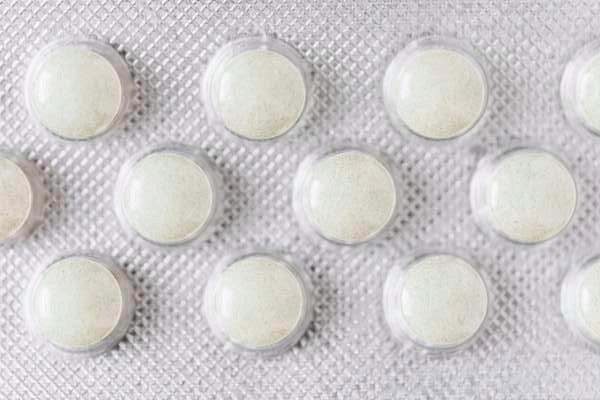
It’s still in its early stage, and the university has given us a huge push in getting it off the ground.
How so?
After completing my studies and defending my thesis, I decided to pursue the project. Luckily, I came across the call for candidates for the ideation camp 2023, and then I knew it was an opportunity not to be missed. To be selected for the Ideation camp, we needed to write an executive
ALUMNUS INTERVIEW 6
summary of our business plan through the “My Big Idea” competition. We emerged winners of this competition with the best business Idea.
Moving to the Ideation camp, we worked very hard to be able to get the title as winners of the Ideation camp 2023. It was an intense one-week experience with lots of mentorships, group work, networking, and challenges. The best experience for any young founder like me. The highlight of it all was getting our very first project funding from the Univer sity of Luxembourg with access to the incu bator, mentors and training.
What are your future plans / what is the way forward?
We are working on an online platform with our entry market as Cameroon. There are two reasons for that. Firstly, since I am from Cameroon and I have a pharmacy licence there, I know the market and the pharmacists. Secondly, this project has a clear social aspect to it, and I would like to help people in my country of origin. Of course, after E-mpact Pharma has been prop erly established and running, we will extend our operation internationally!
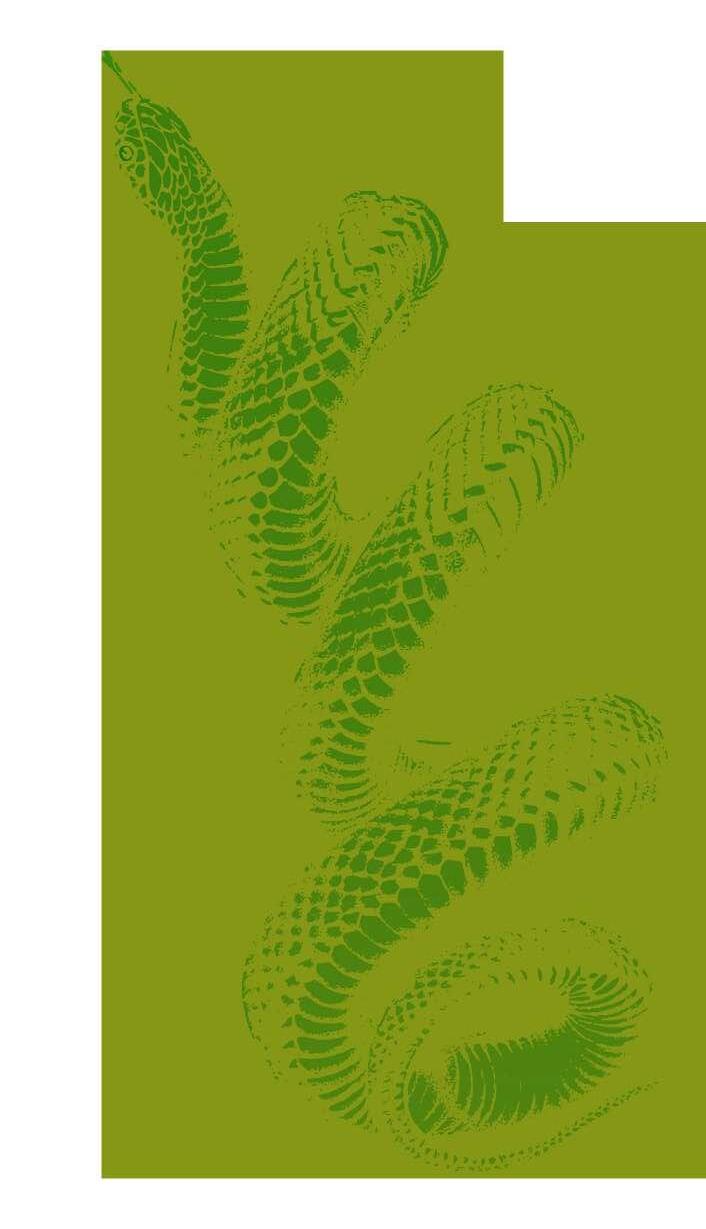

We are getting there, and I enjoy every bit of doing it!
The alumnus has spoketh, friends of ROUX, allies in our precious bubble. Keep well in mind: riding into sunsets and exploding cars behind nonchalant heroes are not a myth, but merciless facts of the mundane. Slay, alumni, slay - you have only just begun.
We look forward to Queen and E-mpact Pharma changing the world, of which we will definitely bring you the sweet news; along with other non-apocalyptic trajecto ries of post-uni life on earth (or space!).
 by Zoltan Tajti
by Zoltan Tajti
ROUX 7
Jacques Molitor’s WOLFKIN aka KOMMUNIOUN
film
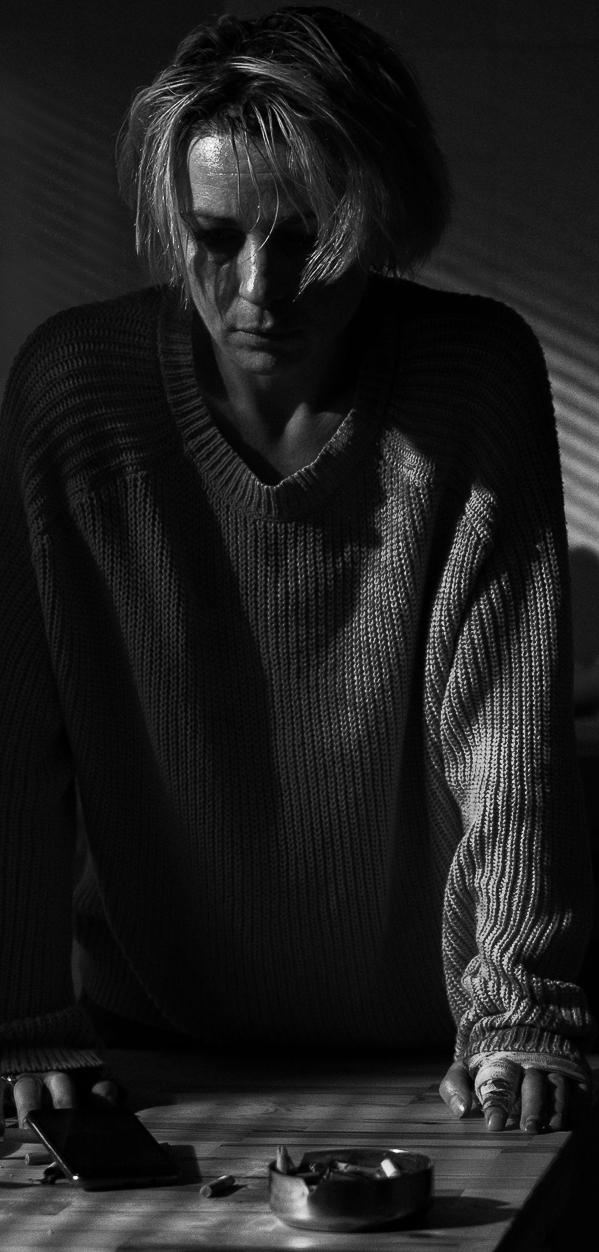 a by review sofiya_10billion
a by review sofiya_10billion

The Luxembourg City Film Festival celebrated its 13th anniversary this year. The festival is matchless in that it brings together the entire film industry of the Grand Duchy, and that during its course a lot of national silver screen premieres take place. On the 4th of March, the festival goers could watch Jacques Molitor’s Wolfkin (2022) or Kommunioun, as it is called in the original, for the first time in Luxembourg. Before being screened in the home country of the director, the film had already traveled the world, and had been screened in the UK, the Netherlands, Spain and Portugal. I visited Kinepolis Kirchberg to watch the long-awaited fantasy horror and to make up my own mind about it.
The first image we see is two naked lovers, a man and a woman, lying on the grass on a forest glade in perfect harmony, caressing each other. Suddenly, the man – his name is Patrick (Benjamin Ramon) – discovers something about his partner’s belly that repulses him. He gets up and runs off to the woods. What should we make of this strange behavior? It intrigues and poses questions, immediately immersing the viewer in the story, while at the same time it isn’t entirely inconceivable for Patrick, clearly he isn’t the first of his kind to get a girl pregnant,
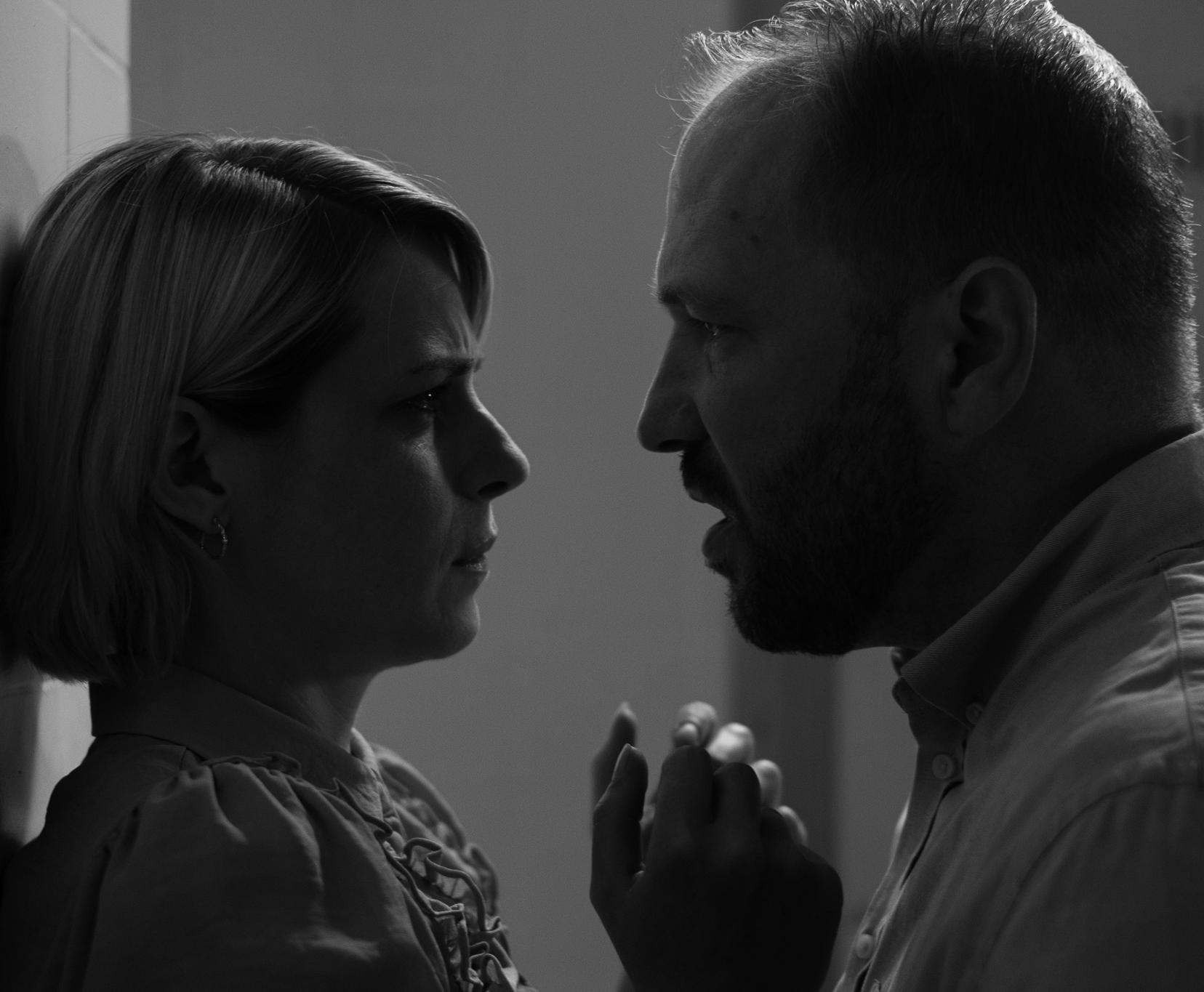
FILM REVIEW 8
freak out and leg it.
The following scene is set in Brussels, where Elaine (Louise Manteau), now a single mother, works at what looks like a minimum wage kitchen job, frying burgers, to provide for her and Patrick’s son, Martin (Victor Dieu). While performing her shift, Elaine receives a call from Martin’s school, informing her that the little troublemaker attacked his classmate and bit him. The boy is approaching the beautiful age of puberty, and certain deviations in demeanor are normal, aren’t they?
At first Elaine tries to defend Martin, but when the accidents continue, she has to admit that he is not well. Hoping that a change of environment and reconnecting with his roots would do her son good, Elaine takes Martin to Luxembourg to visit his grandparents from the father’s side, the Urwalds, who live in the isolated spacious family mansion and own a substantial piece of land in the Moselle region.
Wolfkin is an entertaining film that does not drag on. Points of tension organically interchange with points of rest – it is well edited. At the same time, Wolfkin is not just entertaining, it is a social commentary, too. The film explores the subject of inequality and privilege. In Brussels, Martin’s violence sees little tolerance, he and Elaine are picked on by Martin’s teachers and the parents of his peers. His every outburst is immediately deemed a sign of an illness, and Elaine is looked down at for failing her parenting duties. Things are very different at the Urwalds mansion where the wealth and status of Martin’s grandparents basically indulge the bloodshed. Martin is not viewed here as sick; he is encouraged to embrace his unique nature as “a hunter”.
In short, Wolfkin captures that it is okay to be a monster or eat migrants for dinner so long as you are rich enough to afford it. Amandine Klee’s cinematography perfectly conveys this
contrast between the two opposing worlds: that of the common people and that of the masters.
Another thing that stands out about Wolfkin is the complexity of Elaine’s character and the character arc she undergoes. At this point we are all so very used to annoying and flat female leads that a well-written heroine becomes a real event. In any case, Elaine truly is an event in this sense.
Throughout the film she is the one who takes actions and makes decisions that move the plotline forward. She is strong and daring and she won’t hesitate to confront Adrienne Urwald (Marja-Leena Junker), Martin’s grandmother and the lady of the house, or respond with a kick in the balls to Patrick’s brother, Jean’s (Jules Werner), harassment. Simultaneously, Elaine is vulnerable and tender when she is around her son. In the film she is conflicted between, on one hand, her all-forgiving motherly love for Martin, and, on the other, her moral principles and beliefs. What will she choose?
I guess you’ll have to visit the cinema to find out, and I can only recommend you do so once Wolfkin comes out in Luxembourg later this year.

ROUX 9
© Les Films Fauves, Novak Production
An afternoon’s painting session with Akiko
Abstract art is not something I had consciously sought out ever before outside of a dedicated museum. Yet, I found myself in the university’s Black Room Box on a Monday afternoon for Akiko Nakayama’s art presentation. I did not have any specific expectations but her art gripped me from the very start. The watercolour-based artist offered an enticing show with music and a lively, interactive public. Akiko painted live alongside background music that had an interesting addition of a heartbeat. While observing her, the added heartbeat and the projection of Akiko’s swirling colour patterns felt hypnotising. At times, it even gave the impression that the art was moving and breathing alongside the animated music since she controlled its composition by adding random – or not – droplets of paint in a wavy shape or by manipulating the layout herself though a small blowing device. In a short speech the artist also addressed her personal fascination with fluid dynamics.

Akiko exclusively creates unique and inthe-moment kinds of art since it cannot be perfectly duplicated and is individually shaped though the imprint of its immediate surrounding: She endearingly titles her art as “Alive Painting”. Her fascination for liquid dynamics of any nature, but especially colour, developed at a young age in her calligraphy classes where she had to clean the brushes when finished and discovered the captivating beauty of the brushes’ washed-away ink swirling in the sink. She had always felt less interested in actual brushstrokes. Not only does she describe this experience as having taught her to seek beauty where most expect ugliness, but this art style also helped her to feel grounded when unnerved as a child. During her presentation she also touched on how nature is a key factor for her colour preferences since she is interested in exploring colour in its variable surroundings.

ALIVE PAINTING 10
Her intrigue for not only local nature but local natural colours was also perceptible in Monday’s painting session when she introduced her work with natural stone and sound vibration. Akiko’s facility to work with organic components to create a simple yet gripping art installation was palpable as she easily converted a quiet and reserved audience into a participating one. Her second live art performance consisted of a container filled with water in which a speaker had been placed. She manually introduced various stones or earth and sand particles into the container while explaining their ties to the local Luxembourgish landscape. She had received them from the university’s geologist who gave us a brief introduction as to how those natural components tie back to the Minett-region. The colour palate ranged from a rusty red to a soft brown, and an audience member, an archaeologist, even spotted a fraction of blue pottery in the mix! As the fragments twisted in the water, Akiko encouraged the audience to step forward and assist her by addressing the stones through a
She easily converted that “Alive Painting” session into, not only performative, but also interactive art, which accentuated the light-hearted and warm atmosphere. As some spoke to the stones softly or with a graver tone – some even gathered the courage to sing – Akiko’s equipment allowed the intonations of their voices to make the stone fragments dance underwater through the speaker’s simultaneous vibrations. The whole room filled with animated but soft chatter and in intervals laughter – again, something I would have not expected in a professional setting but one I more than welcomed. I truly admired how effortlessly her art installation moved the audience to be heavily engaged: Some passionately confessed their childhood dreams to the stones, others talked about their hometowns and heritages but also their personal artistic interests in relation to the Digital Arts and Realities Festival itself!
While Akiko shared her past research projects about other painting sessions back home in Japan, she took advantage of not only Luxembourg’s wealth of nationalities but also the accompanying languages and asked of everyone to greet the stones and speak to them “I Love You” in their respective mother tongues, so she could keep it as a keepsake of her yet short but inspiring visit to Luxembourg!
by Cristina Sobral


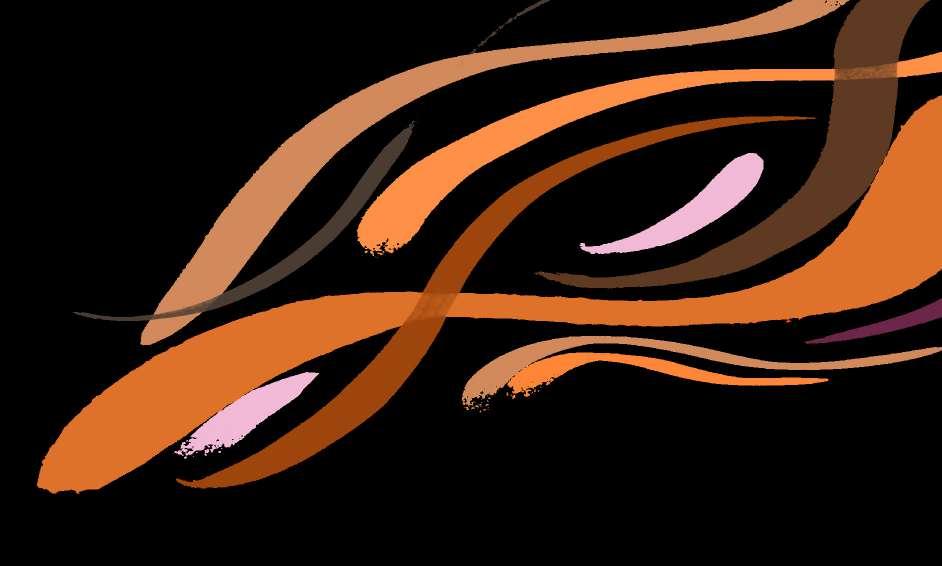
ROUX 11

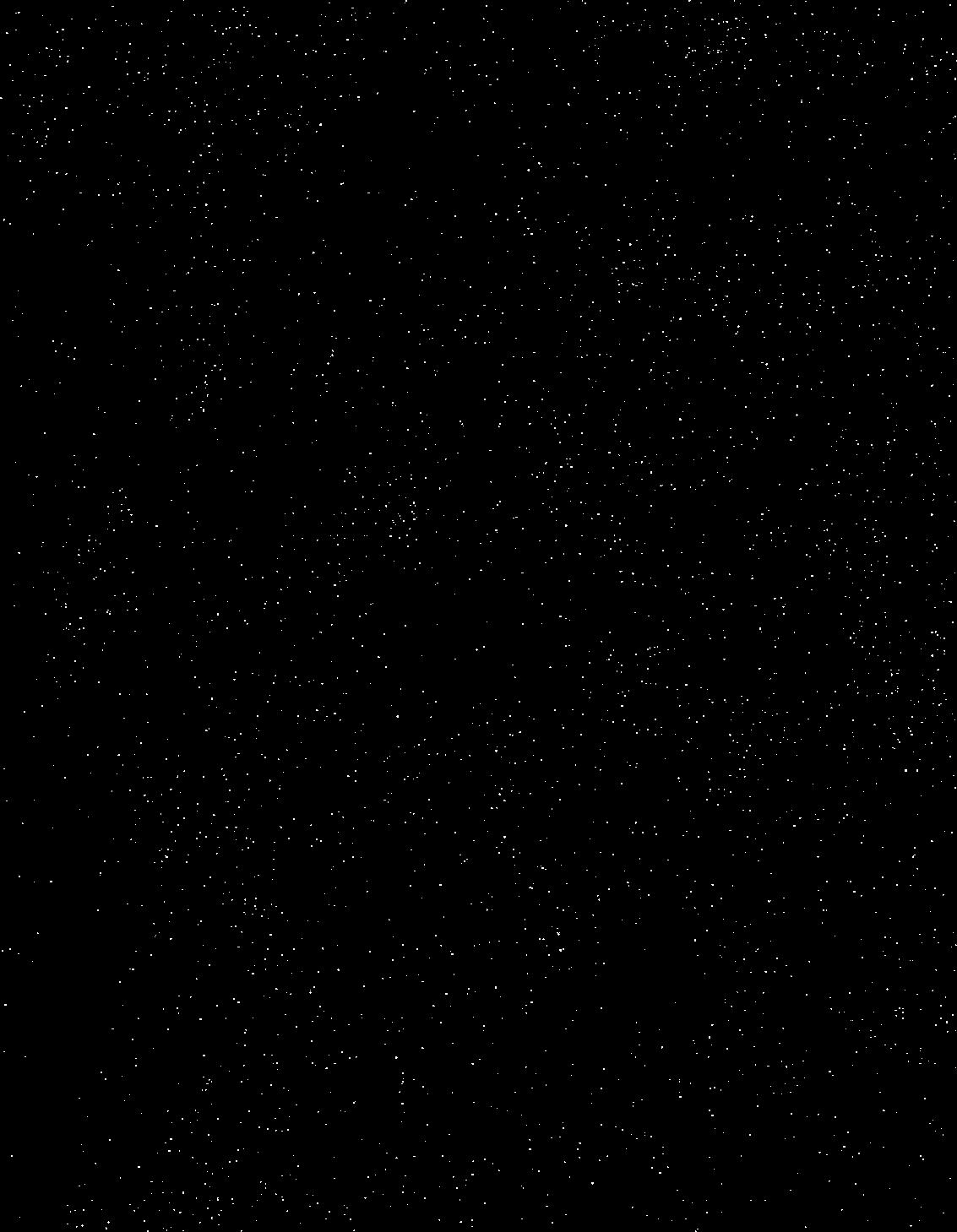
1 MEET CHATGPT 12




2 ROUX 13
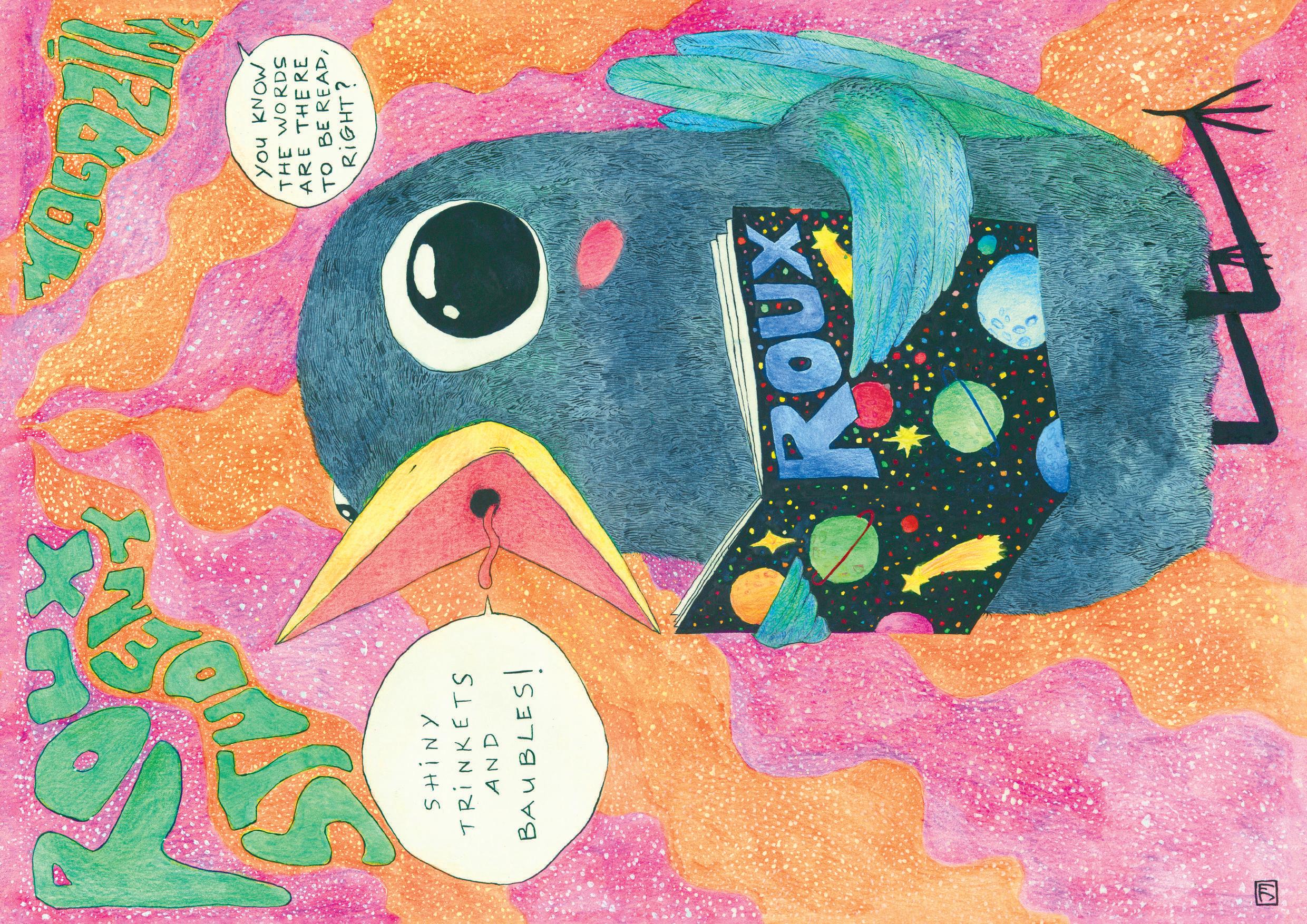

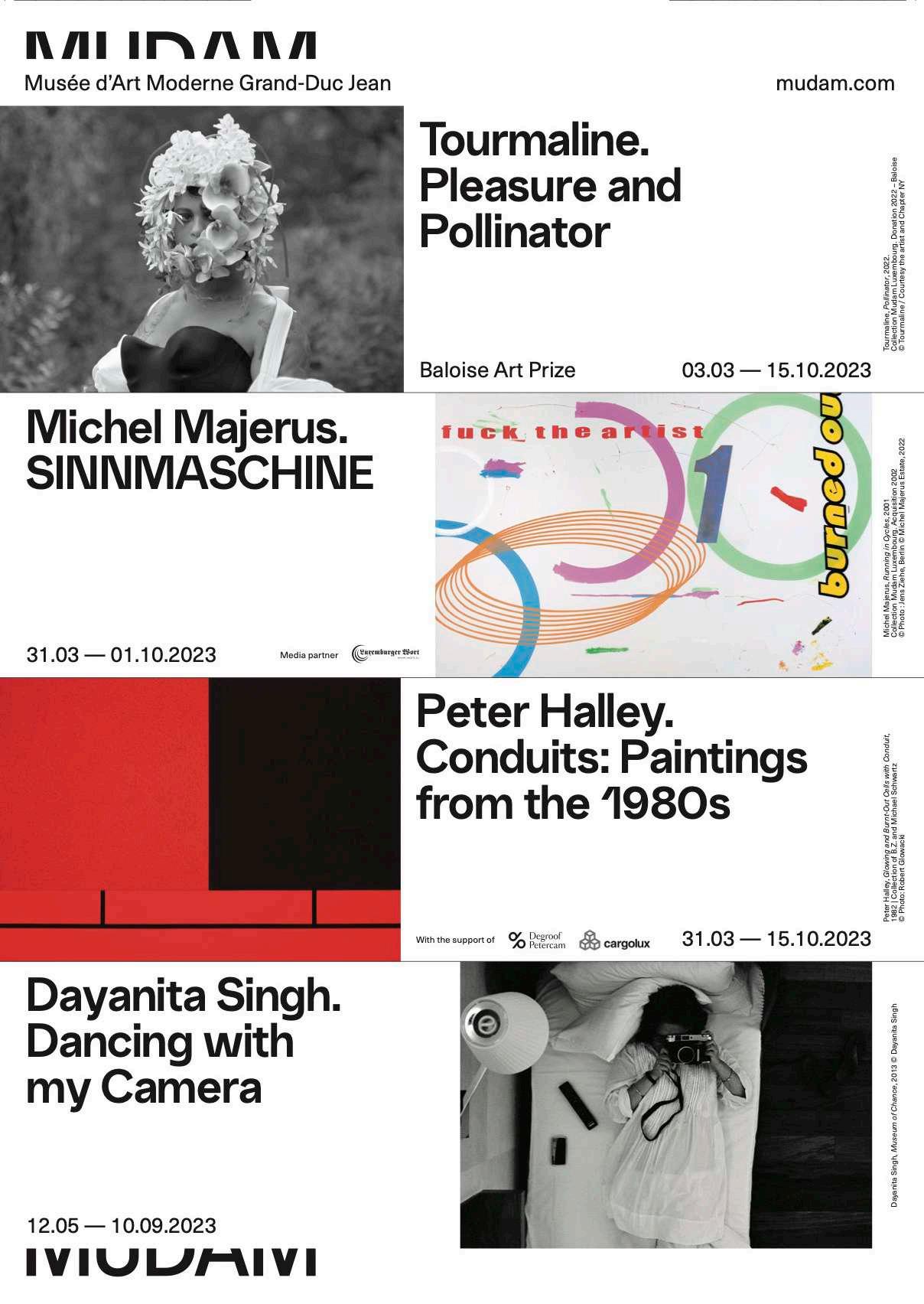








0 4 M A Y 2 0 2 3 1 7 . 0 0 - 1 8 . 0 0 M A E , 1 S T F L O O R R O O M 1 . 0 1 0
I N F O S E S S I O N W I T H D R I N K S & S N A C K S W E L C O M E D A Y 2 0 2 3
C A L L F O R V O L U N T E E R S !
A Retrospective Review: Tacita Dean And Dante Welcome You To The Mudam
This will be a retrospective review, a reverence, and a homage to the recently exhibited solo show of Tacita Dean’s recent works at the MUDAM Luxembourg, originally displayed between 9th July 2022 to 5th February 2023.
Tacita Dean's solo exhibition can be divided into two different categories: her adaptations of Dante Alighieri’s Divine Comedy and recent prints related to everyday life. The east wing focuses on the former, while the west wing showcases work based on dayto-day occurrences.



The east wing of the exhibition is dedicated to Dante's journey through hell, purgatory, and paradise as portrayed in his Divine Comedy, finalized in 1321 after 13 years of writing. The artworks representing his poem have also been divided into three parts –Inferno, Purgatorio, and Paradiso. The three artworks were also used as the sets for a ballet, which premiered in October 2021 at London's Royal Opera House with choreography by Wayne McGregor and a newly composed score by Thomas Adès, coming together as the Dante Project. The stage sets were designed by the artist with the specific goal of enhancing an audience's visual experience. Although, experiencing the artworks up close provided a very enriching and personal experience.
Inferno (2019) greets the viewer, with blackboard pieces magnificently done with chalk; showcasing Dante’s journey through hell, as guided by the Roman poet, Virgil. The resplendence of the piece possibly showcases Dean’s feelings and her exclamations such as ‘oh god’ certainly suggest what the artist feels and affirms to the viewer it is okay to feel dread whilst experiencing this mass piece of walking among the dead. The affluent detail is exquisitely done, whilst additionally showcasing a sense of liberation. As Sartre famously verbalized, hell is other people, with examples of being trapped in a room or a very uncomfortable scenario springing to mind. Furthermore, this feeling of entrapment is
DANTE AT THE MUDAM 18
evidenced by the colour scheme of black and white, representing limited options.
In the same room, there are additional photographs of Inferno 2021, but I would relish drawing your attention to the drawing in the corner of the wing. It is a minuscule-scale chalk drawing by Dean, titled Expulsion from 2019, depicting Adam and Eve’s exile from paradise. The piece itself is nicely done, and as to why it was placed in the corner, it can only be speculated that the corner of any room betokens solitude and expulsion from society. Nevertheless, Dean spoke of Expulsion as a visual commentary of the United Kingdom’s exit from Europe, which appropriately aligns with Adam and Eve’s exodus.
Dean’s, second piece Purgatory (Threshold, 2020), pinned to the wall, is a sizably voluminous-scale drawing with a white overlay. The term Purgatory suggests a middle ground, such as between heaven

and hell. Dean shows this by utilizing the gap between the photograph and the overlay, exploring both negative and positive space. The tree is withal a contrast with the urban landscape behind it, exhibiting all walks of life or entities, that can cooperate albeit they may have originated from different sources. Dean successfully captures that purgatory is certainly between heaven and hell, life or death, or pain or delectation.
The third piece Paradiso (2021) fits nicely as the terminus piece, where tranquillity can conclusively be found in a moving film, which is a representative of life, or that life is simply not still and moving. The circles in her film are a reference to the motif which are present in part three of the divine comedy. The composed music is eerie, and it is an oddly delectable accompaniment to the abstract film and colours, a nod to William Blake's 1824 illustrations of the divine comedy. To put it simply, using film as a medium is additionally a pere-

grination over time, assembled by Dean, tailored for today’s audience. The silkscreens from the film stills can additionally be found in the hallway, guiding us along the way to life, or more specifically, to another part of the exhibition. The west wing is much lighter and more refulgent comprising of colourful photographs printed on lithographs, providing a much-needed breath of respite, after touring life with Dante. The pieces are certainly exquisite exhibiting Tacita Deans’ aptitudes in different ways. However, there can be no gainsaying the Dante project is the heart and soul of the exhibition.
Nevertheless, I do not mean to prosaically express we should neglect the west wing, for the pieces are equipollently scenic, albeit they are contained in a much quieter and virtuous aura. And I will confess; I never knew it could be so comely to ambulate among the realm of the dead.
by Jo Yi Hoon
ROUX 19
Surplus Killing by
Kasra Karami
I had seen this look on my mother’s face before, in the early morning when she entered my room and told me that my grandfather had passed away. “Get ready to go to Anzali.” she said. The city where we lived was seven hours away from the town where my mother’s family lived, and during those seven hours in the car, I could see the mix of loneliness and despair setting on my mother’s face through the rearview mirror.
I was born in Anzali and spent my childhood in that town, at my grandparents’ house. The house was next to the pier, and every morning, I woke up to the sound of ship horns and the bustling noise of dock workers. My school was located behind the fish market and I spent my afternoons wandering around the lagoon and the breakwater. Through experience, I learned that this feeling of familiarity brutally faded away each time I would return to the same place; either because the people I knew were no longer there or because the few that still remained no longer remembered me. My family moved to a distant city, my uncle moved to a city even farther away, and my grandparents’ relatives had either departed or were struggling with diseases from old age in the corners of this small town. Long after my grandfather was gone, my grandmother, Mehri, remained in that house, so big that it flaunted her loneliness in her face at every moment. The constant noise of the pier affected her hearing, and she slowly began to forget things. I don’t know if it’s a blessing that she no longer remembers her grandchildren’s faces to avoid feeling upset for not seeing or hearing from them, but I know that Mehri was the last root of mine in a city to which I belonged, and on the day my mother called me in her presence and she mistook me for another grandchild, I knew I no longer had any roots there.
Yesterday, my mother had that same feeling of helplessness on her face when I saw her on my phone’s screen. On that day, she had called Mehri, who was confused and angry that her son, along with his wife and two daughters, came to her house and were standing in the living room, without saying a word to her.
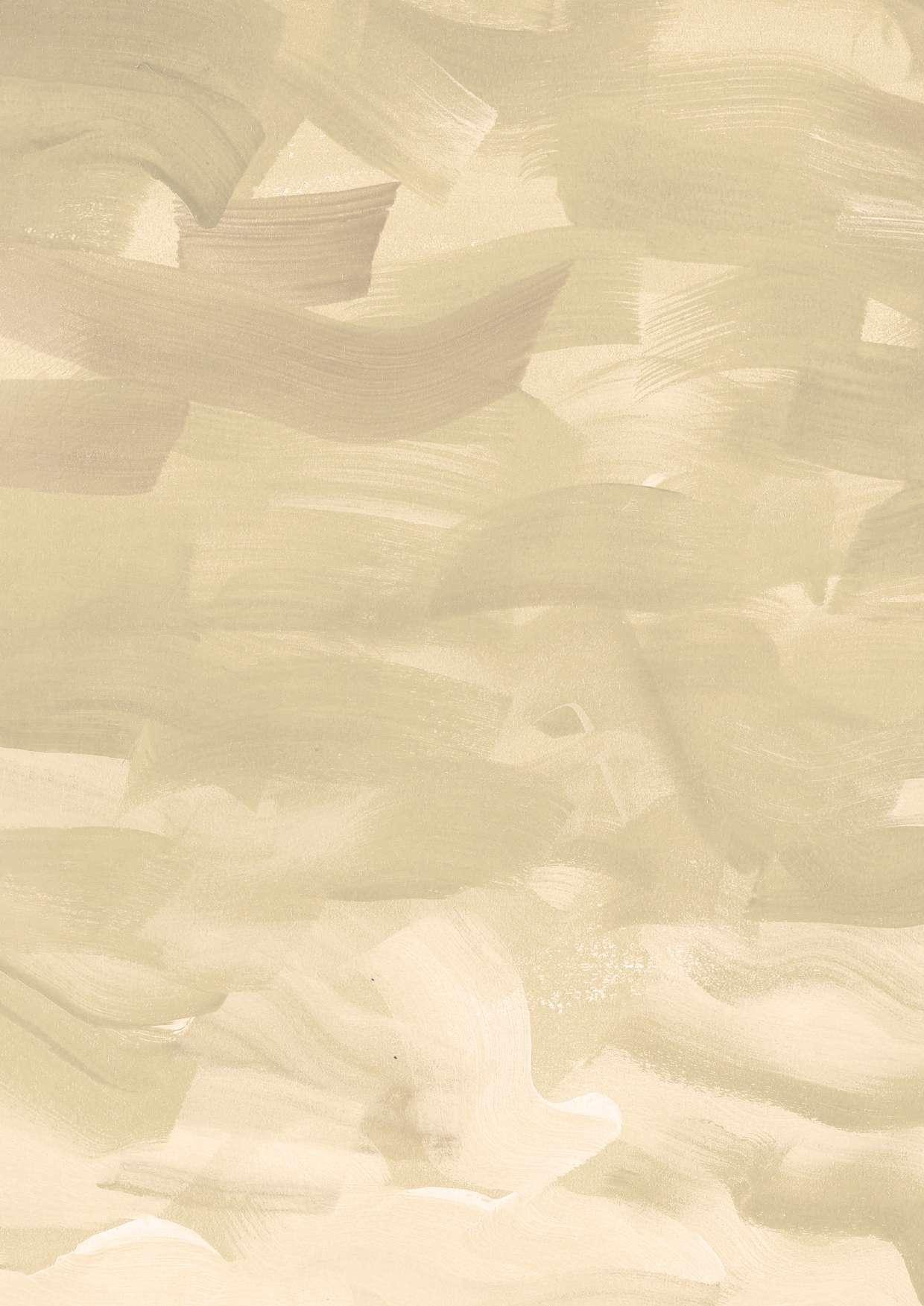
“I don’t know why they won’t talk to me? I am giving the phone to Farzad. Talk to him, maybe he will respond to you.”
My mother was scared. It had been thirty years since Farzad had moved to another country. She wondered whom Mehri had mistaken for Farzad. Who was in the house with her?
“Say something! Why aren’t you talking to him? Talk already.”
“Hello? Hello? Hello!”
My mother burst into tears on the phone. She couldn’t do anything and even understanding what was really happening seemed impossible. She called her other brother and found out that the day before, Farzad had sent a photo with his family and he had framed it and placed it in the living room with the other photos. She realized that Mehri’s mind deceived her into believing that the people in the photos are present in order to make her feel less alone.
I wondered whether my photo on the telephone table was talking to my grandmother. Or was it like Farzad’s, silently looking at her and making her angry?
Years ago, during spring break, I visited Mehri’s house. One day, while walking by the lagoon, I saw a small black creature jumping up and down in the narrow street. It was an immature swallow that hadn’t learned to fly and left its nest, ending up falling onto the street. Swallows migrate to northern Iran in the spring and therefore became the sign of the new year there. I took a handkerchief out of my pocket and wrapped the bird in it. I looked around to find the nest, but there were only buildings surrounding the road. The bird had probably flown from its nest on one of the rooftops. I wondered if there was any chance for the bird to live on if I decided to take care of it for these two weeks of vacation. I wanted to see something resembling hope in its eyes, but instead, I noticed a bigger problem: the tip of its beak was crooked, and its upper and lower beak did not align properly. The bird had crashed badly onto the ground.
SHORT STORY 20
I brought it home because I knew that if I just left it in a corner of the street, I would never be able to walk on that street again without searching every corner for its corpse. I took it with me, not for its sake, but to escape the unbearable guilt I would feel if I had done otherwise.
Two weeks passed. Every day during these two weeks, I gave it food and water, on the tip of my finger in its broken beak. I would make it jump from the table and chairs, but it did not learn how to fly and I was not the best tutor for that. On the last night, when I was bag, I didn’t have the courage to go up to the terrace and see the next day. Mehri was sitting in the living room. I had to leave her as suddenly the house that had five guests would be empty and it is customary for guests not to leave the host’s house sud with the host for a few days after others have left so as not was not possible.
I remember Mehri sitting on a chair in the living room, deep in her thoughts and gazing at the flowers on the carpet. Whenever I wanted to take something from the living room, her eyes were following my feet going away, and she said something like “I love you, my dear.” or “Come back soon.” I promised to come back soon, knowing it was a lie and my next possible vis it would be in a year. I lied and my mouth became bitter. She told me she will give the swallow to the neighbor who has another bird and knows how to take care of them. I didn’t be lieve that anyone would accept the swallow, but confronting it only revealed that the bird would die soon af ter our departure, and I was responsible for that, so I said nothing.
After returning to our city, every time my mother talked to Mehri on the phone, I had no choice but to sharpen my ears to hear any news on the swallow. Fortunately, it was not brought up, as if we had silently agreed to stay oblivious to be able to live on. Yesterday after calling my mother, the memory of the bird came back to me, and I thought about how immature carnivores kill smaller baits to practice hunting bigger ones when they grow up.
*Surplus killing is the is a common behavior exhibited by predators, in which they kill more prey than they can eat. Possible causes might be for pleasure, to gain killing experience and so on.
*Tassian is a word commonly used in the northern regions of Iran, representing the feeling of emptiness after others leave one’s home.


ROUX 21
Roux Student Gazette THE NEWS IS JUST ANOTHER TV SHOW
by Kieran Salt
If there is one constant thread running through media consumption today, in particular contemporary news reporting, it is the suspended and often disbelieving way that it is approached by its audience – or should I say consumers. In this short article I hope to outline a different and in part amusing, or at least ironic, way to relate to the news. Everything said here, as with all media, should be taken with a pinch – or perhaps a shovel – of salt.
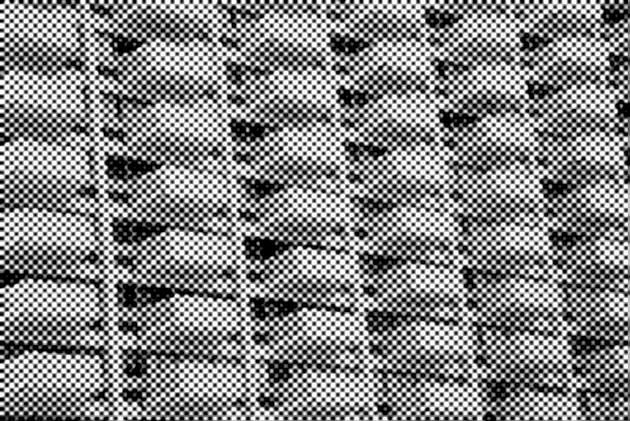
The news is just another TV show. It has its recurring timeslot, heroes, villains and far too many redemption arcs. From theme tunes to spin-offs that discuss it and the entire fandom of politically minded people that tune in religiously to see their favourite characters duke it out on the big screen. There are crossover episodes and if you’ll pardon the detraction from reality – an entire extended cinematic universe.


enough from other shows? Far from being a dispassionate list of recent occurrences, more and more the news is coloured by emotive response, viewer engagement and the ominous ghost of studio ratings lurking in the wings.
considers current events? Perhaps all it aims to do is create an engaging and consumable narrative that is sanitised enough to be on prime-time television.

“But the news is different!” you exclaim, “it’s not fiction, the things it says really have happened”. And for the most part I agree, and to go into that in further detail would raise far too many eyebrows. But I digress, even if the content the news about is true, does this really distinguish it
Take headlines, or episode titles, for instance. Are we really supposed to believe that these brief sketches of the content to come are any more faithful to reality than another TV show, is “protester found dead after colliding with stray bullet” really any closer to reality than the aptly titled Friends episode “The one where Ross is fine”? Does the use of passive voice, omission of certain details or entire elements of reality, from reporting paint any better picture of what is going on than any other show that
The sad truth is, if news was merely reported it wouldn’t survive today’s climate of mass media consumption. Like everything, it must adapt, entertain, and most importantly survive. The news isn’t a service after all, but an incredibly lucrative industry. And when there isn’t anything it deems newsworthy it can always resort to feeding off itself, not because it's noteworthy but because the content-machine must roll on. A veritable simulacrum elevated to the level of the hyperreal!!! – but I’m getting ahead of myself.
LOCAL COMEDIAN TOO HOT TO HANDLE FOR BELVAL CROWD....SEE P. 8
JOE SHIT THE RAGMAN TO PERFORM ON BELVAL POLLUTED HILL?.....SEE P.12
FONDS BELVAL SUGGEST “VOLUNTARY” EUTHANASIA SOLUTION TO STUDENT HOUSING CRISIS..........SEE P.5
THE NEWS IS JUST ANOTHER TV SHOW 22
We can see this churning out of content with the Christmas special-like frenzy that ensues around every election, as well as the broader narratives of celebrity gossip, culture wars and economic affairs acting as narrative threads, or plots, through which each snippet is to be interpreted. While obviously election cycles are newsworthy, the serialisation and the sheer number of spin-off panel shows,
daily poll updates and live trackers seem to exist to generate hype for the news rather than simply with the aim of disseminating information to the public.
But why view the news like this at all? Especially coming from a magazine that takes itself as seriously as this one. And perhaps this isn’t a useful approach, perhaps the news is different and shouldn’t be viewed
in the same way as other mass-produced entertainment. But it does exist within the same framework, has the same profit motive, cherishes engagement and viewership oftentimes over and above the quality of reporting, or even of reporting the facts – if that’s something we still collectively believe in. Besides all this piece is, is an ironic, sardonic, and disenchanted look at the biggest TV show of all of our lives.
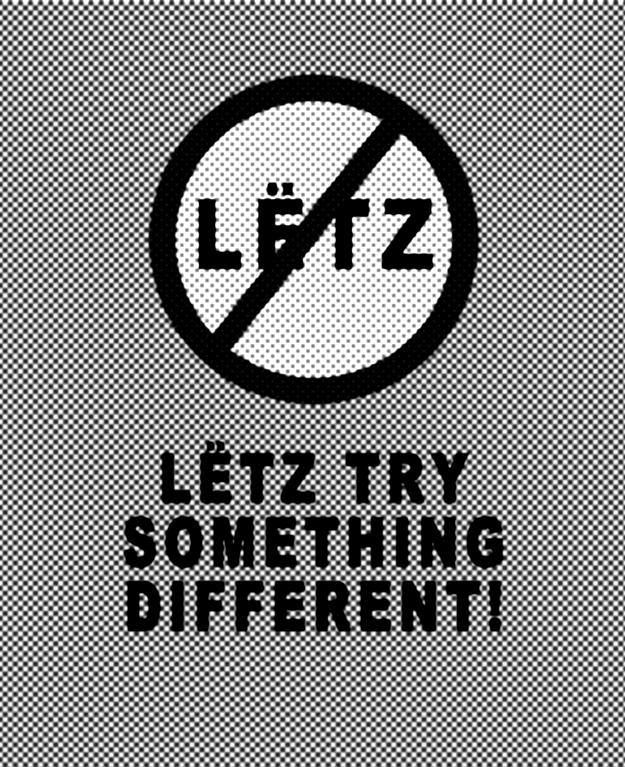
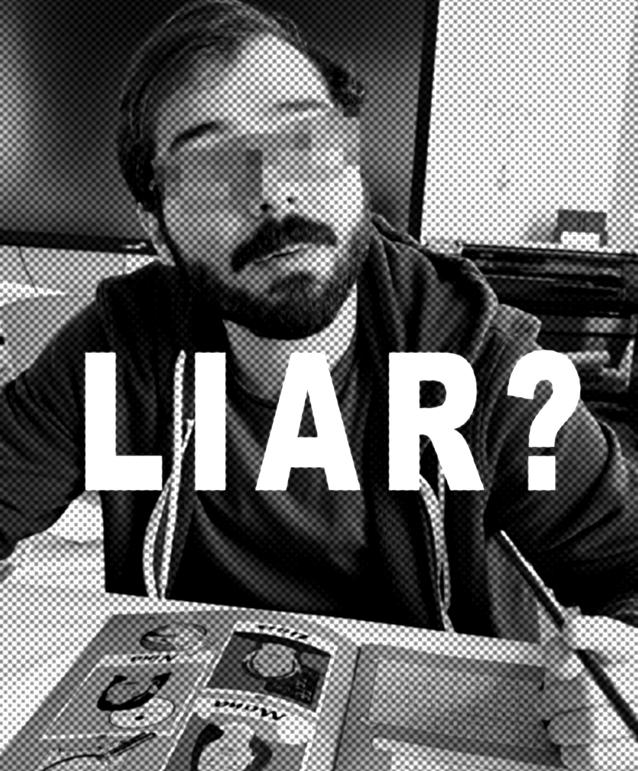

 2,4 CONSTRUCTION CRANES PER LUXEMBOURGER, STUDY REVEALS............ ..........................SEE P.12
PORTE DES SCIENCES CLOSED FOR AERODYNAMIC TESTING OF CONCORDE-2 .....SEE P.12
STUDENTS CLAIMING TO HAVE SOLVED ROUX MURDER MYSTERY TO UNDERGO LIE DETECTOR..................SEE P.9
2,4 CONSTRUCTION CRANES PER LUXEMBOURGER, STUDY REVEALS............ ..........................SEE P.12
PORTE DES SCIENCES CLOSED FOR AERODYNAMIC TESTING OF CONCORDE-2 .....SEE P.12
STUDENTS CLAIMING TO HAVE SOLVED ROUX MURDER MYSTERY TO UNDERGO LIE DETECTOR..................SEE P.9
ROUX 23
NEW GOVERNMENTAL BODY CREATED, DOES NOT USE PREFIX LUX- OR LËTZ...........,.............SEE P.3
In February, they go to school. They are not good at school. Their school isn’t good either. At school, they learn about Portuguese. The teachers tell them that there are words relating actions between one thing in Portuguese and another thing in Portuguese. They are told that this is unique to Portuguese. They are amazed.
In March, they go back to school. They are not good at school. Their school isn’t good either. At school, they learn about German. The teachers tell them that there are words relating actions between one thing in German and another thing in German. They are told that this is unique to German. They are amazed.
In April, they go back to school. They are not good at school. Their school isn’t good either. At school, they learn about Polish. The teachers tell them that there are words relating actions between one thing in Polish and another thing in Polish. They are told that this is unique to Polish. They are amazed.
In May, they go on vacation. But come back.
In June, they go to a different school. They are not good at school. Their school is weird. At school, they learn about points. The teachers tell them that there are arrows between points and that they can represent action. They are told that this is not unique to points. They are confused.

In July, they go to school. They are not good at school. Their school is still weird. At school, they learn about points again. The teachers tell them that there are arrows between groups of points. They are told that they can apply this to other things. They are confused.
In August, they go to school. They are not good at school. Their school is still weird. At school, they learn about points again. The teachers tell them that the groups of points can be languages. They are told that arrows are now translations. They are confused.
In September, they go on vacation. But come back.
POINTS AND ARROWS
 by Quentin Schroeder
by Quentin Schroeder
SHORT STORY 24
In October, they go to school. They are not great at school. Their school is something to get used to. At school, they learn about points again. The teachers tell them that the points can be words. They are told that the arrows are now verbs. They are confused.
In November, they go to school. They are alright at school. Their school is something to get used to. At school, they learn about points again. The teachers tell them that the points can be just points in space. They are told that arrows are now actual arrows between points. They are surprised.
In December, they don’t go to school. They quit.
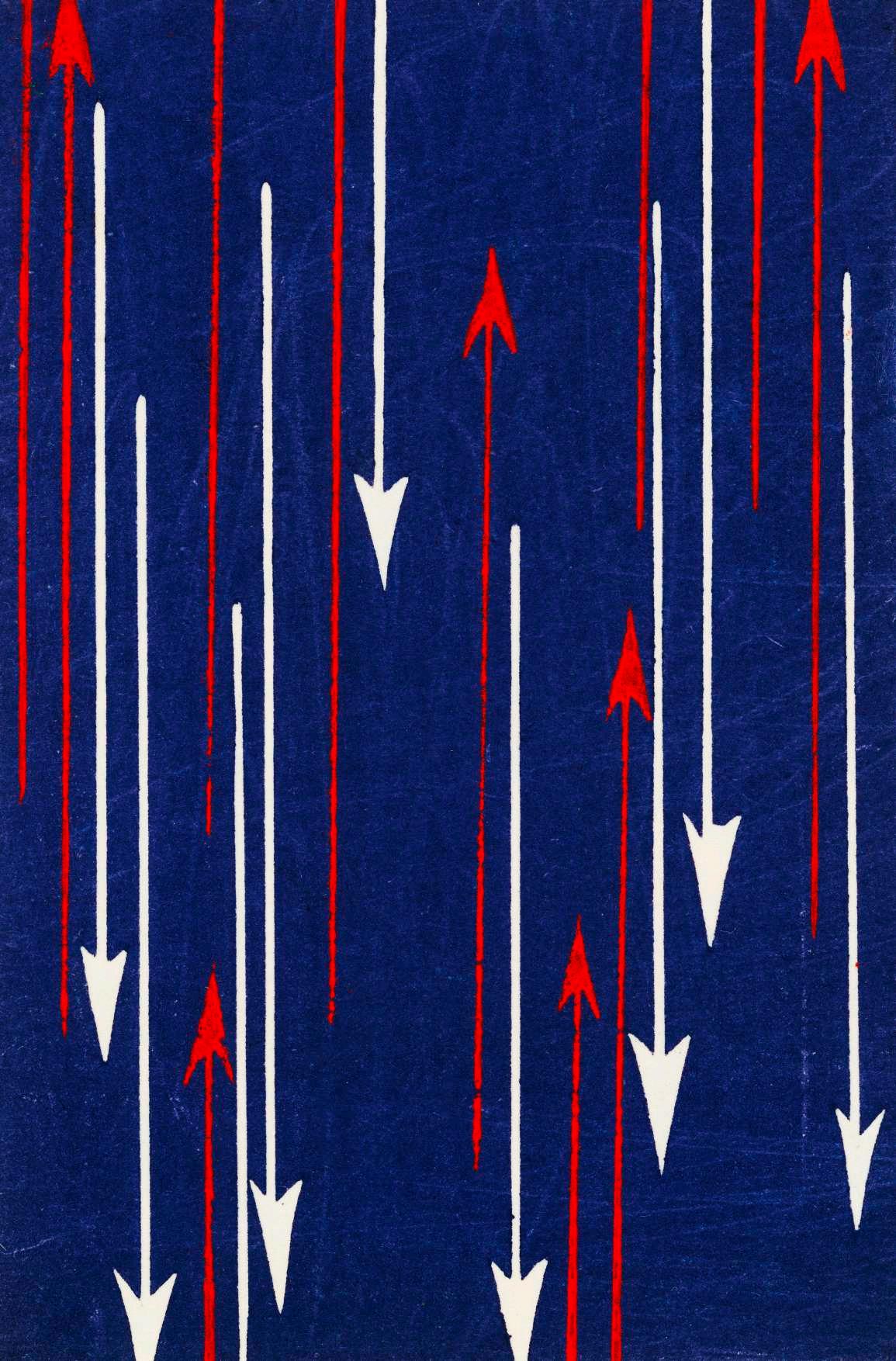
ROUX 25
Recipe – Rissóis (pescatarian)
As a child I always looked forward to large family gatherings and smaller reunions for mainly one thing - the food. And especially one favourite small hot dough pocket – a rissól – that we Portuguese love to prepare for larger groups. They’re great to serve as appetisers or as a main component of your meal. Either way, they’ll hit the spot!
Put aside an hour on the weekend and try out making your own (about 15 small delicious rissóis for yourself and maybe some company). They’re incredibly versatile: you can switch up the filling however you’d like, no rules apply! My favourite kind are shrimp rissóis and they’re quite traditional, so I’ll share them with you today.
Needed utensils:
Two pots and one pan
Tablespoon and fork
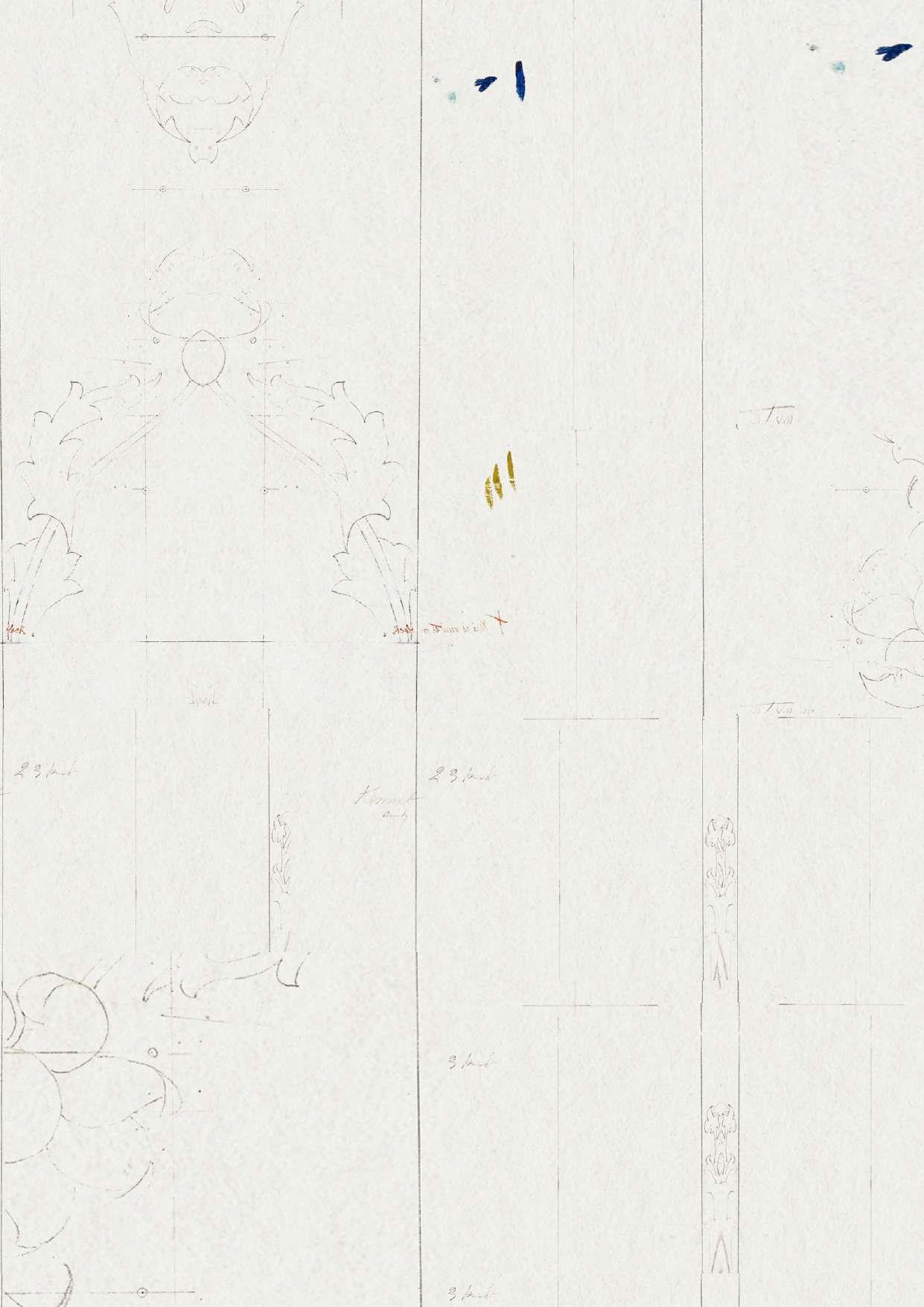
Measuring cup and scale

Drinking glass
Two soup bowls
Ingredients:
1. For the dough
250 ml of water
25 g of unsalted butter
1 tbsp of olive oil

Salt (to taste)
250 g of all-purpose flour

2. For the filling
400 g of shrimp (whatever size you’d like) Salt
60 g of unsalted butter
1 yellow onion
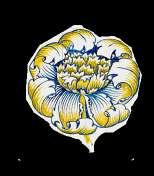

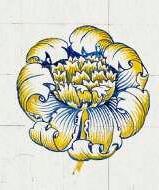


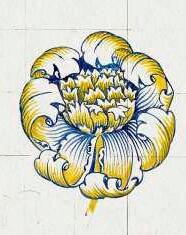
40 g of all-purpose flour
The shrimp stock (from boiling the shrimp)
The juice from half a lemon
1 tbsp of tomato paste
Salt, pepper and coriander to your liking
3. Finishing touches

Eggs (start with one and get more if needed)
Breadcrumbs for coating

HOW TO COOK RISSOIS 26
1. Preparations:
- Prepare the dough
- Combine the ingredients for the dough in a single pot over medium heat.
- Bring the mixture to a boil.
- When boiling, add the flour and lower the heat to minimum and continue stirring until you get a ball of dough that is quite sticky (it will not be perfectly smooth, which is totally okay!).
- Take the dough out onto a floured surface and knead it for a few minutes until it’s smooth.
- Put the dough aside.
2. Prepare the filling
- Boil the shrimps in salted water for about 3 to 4 minutes and deshell them. If you’ve got larger shrimps, cut them into small pieces (about 1 cm cubes at the largest). Put the pot aside but keep the shrimp stock (the water) for now.
(You can also omit boiling your own shrimp but then need to substitute the shrimp stock with bouillon stock.)
- Mix the onion with the butter and brown for about 4 minutes, or until translucent.
- Add the flour and mix well.
- Gradually add the shrimp stock until you obtain a creamy texture of the roux (no pun intended). - Make the filling as large as you’d like by adding the stock.
- Adjust the taste by adding the lemon juice, tomato paste and spices to your own liking.
3. Create a rissol
- Once the dough has cooled down, roll the dough out over a floured surface. Don’t make it too thin because it has to hold the filling.
- Start by spooning some of the filling (about 1 small tbsp) onto the rolled-out dough. Start by placing them around the edges of the rolled-out dough and spacing them out a little bit to facilitate cutting them out.
- Now fold over the dough from the edges onto the places filling droplets and slightly press around the filling (it should be the shape of a half circle).

- Take your glass and place its opening over the half circle and apply pressure to cut the dough. This will automatically also seal your rissol.
- Take the cut-out rissol and place it aside (make sure not to put them all over each other since they tend to stick together and rip apart when trying to disconnect them).

4. Finishing touches
- Beat one egg (for now) into a soup plate.
- Place a heap of breadcrumbs onto a soup bowl as well.

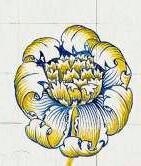
- This is a really messy procedure if you dip your hand in both plates so either try doing it with a fork to lift the rissol or use one hand for each bowl.

- Take the individual rissóis and place them first in the egg and then into the breadcrumbs.

Place the coated rissois onto a plate to freeze (or cook immediately). Since they’re still really sticky, you should freeze them, not touching, on a larger plate, then pop off the frozen goodies and keep them in a bag. You can keep them frozen forever!
5. Frying
- Rissóis have to be enjoyed fried, there is just no other way to do it!
- Put a pan on medium heat and heat the oil.
- Put your rissol into it and fry until golden brown.
- Enjoy!
By Cristina Sobral

ROUX 27
Blood Orange and Thyme
By Jo Yi Hoon
Blood orange and thyme
How you sing to me
Such as when the sea sang to their muse
Wave after wave
Emotion after emotion
Soul to soul
Entity to entity Or something… I think
While enveloping the pulps of your flesh
The earth is reinvigorated
Staining and characterising life with ruby hues
Accompanied by delicate viridian leaves
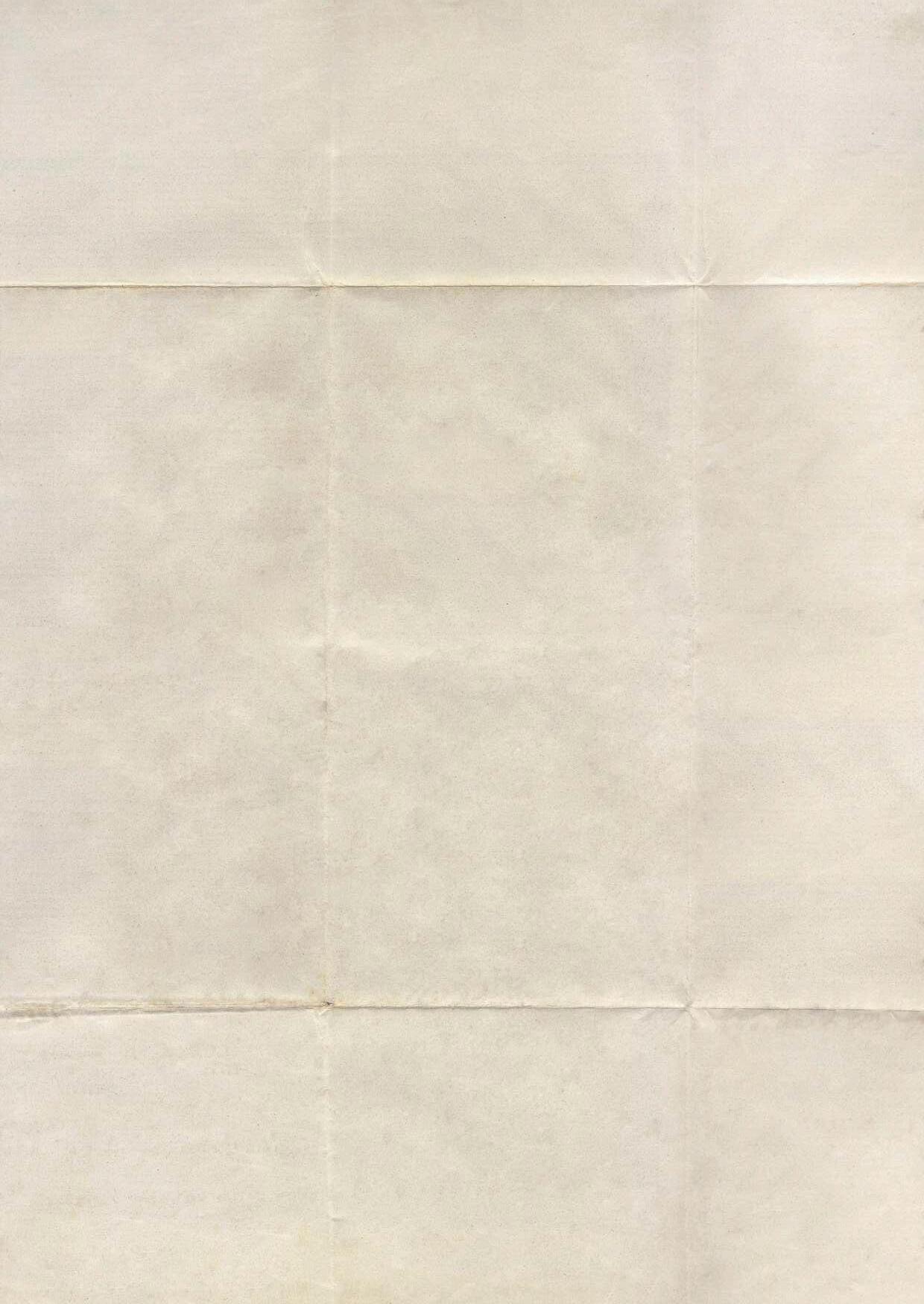
Shedding tears to deliver courage
Performing a dance
Expressing pristine ecstasy
And together with blood orange and thyme
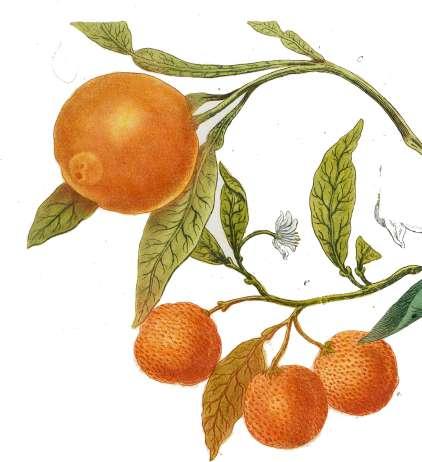
I hear you calling my name
Denoting the end of a long dark winter
Spring is nigh
Come forth my blossom
Embrace me in your eternal joy
O how I profoundly relish thee my magnificent dark citrus fruit
Blood orange and thyme.
28 POEM

ROUX 29





















 by Zoltan Tajti
by Zoltan Tajti
 a by review sofiya_10billion
a by review sofiya_10billion



































 2,4 CONSTRUCTION CRANES PER LUXEMBOURGER, STUDY REVEALS............ ..........................SEE P.12
PORTE DES SCIENCES CLOSED FOR AERODYNAMIC TESTING OF CONCORDE-2 .....SEE P.12
STUDENTS CLAIMING TO HAVE SOLVED ROUX MURDER MYSTERY TO UNDERGO LIE DETECTOR..................SEE P.9
2,4 CONSTRUCTION CRANES PER LUXEMBOURGER, STUDY REVEALS............ ..........................SEE P.12
PORTE DES SCIENCES CLOSED FOR AERODYNAMIC TESTING OF CONCORDE-2 .....SEE P.12
STUDENTS CLAIMING TO HAVE SOLVED ROUX MURDER MYSTERY TO UNDERGO LIE DETECTOR..................SEE P.9

 by Quentin Schroeder
by Quentin Schroeder























